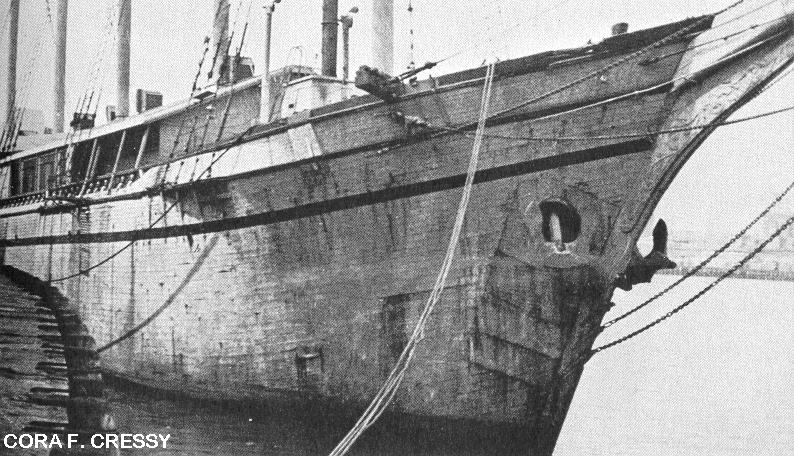The recent effort to legalize and regulate the sale of marijuana has brought to light a number of new studies of Prohibition. They have some fascinating information in them—like the fact that booze runners started the car racing industry (a theme later picked up in The Dukes of Hazzard).

Who knew?
Another thing many of the blogs mention is equally surprising. During Prohibition, entrepreneurs outfitted ships as nightclubs and towed them three miles offshore into international waters where they could legally serve liquor. In the early morning, they towed the floating bars back to port.
While this is interesting from many perspectives, it is of interest to economic historians and those involved in maritime history because it reflected the destruction of the New England sailing fleet at the beginning of the twentieth century. Those huge wooden schooners had owned the oceans for the decades spanning the turn of the century, carrying grain to Asia, guano to Europe, and manufactured goods everywhere. By 1900, though, they had been overtaken by metal steamers and spent their last days limping to their final resting places.
One of these schooners was the Cora F. Cressy, and her story illustrates this dramatic economic change.
The Cora Cressy was built in 1902 at the Percy & Small shipyard in Bath, Maine (now home to the wonderful Maine Maritime Museum, which has an exhibit of some of the Cora Cressy’s fittings). She was a five-masted schooner, 273 feet long and 2499 tons: a fast sailor that could carry 4000 tons of coal. She was like other schooners at the time, cheaper to replace than to repair. Owners deferred maintenance and ran her until she took great damage in a 1928 storm.
In 1929, the Cora Cressy’s owners sold her to become a Prohibition nightclub off the coast of New England, a role she held into the 1930s.
The end of Prohibition left the Cory Cressy without a career. The owner of a lobster pound in Medomak, Maine, bought her as a storage tank for lobsters, but found the old Percy & Small workers had built her too well—it was impossible to drill enough holes in her hull to enable water to circulate. She became a hulk of a breakwater, half buried in the mud, barnacles, and mussels that grew up around her. Well into the 1980s, you could peek through the Cora Cressy’s broken timbers to see the tattered maroon curtains from her nightclub days.
And there her remains sit today, a testimony to the fall of New England’s sailing fleet from economic powerhouse, to Prohibition speakeasy, to wreckage.







